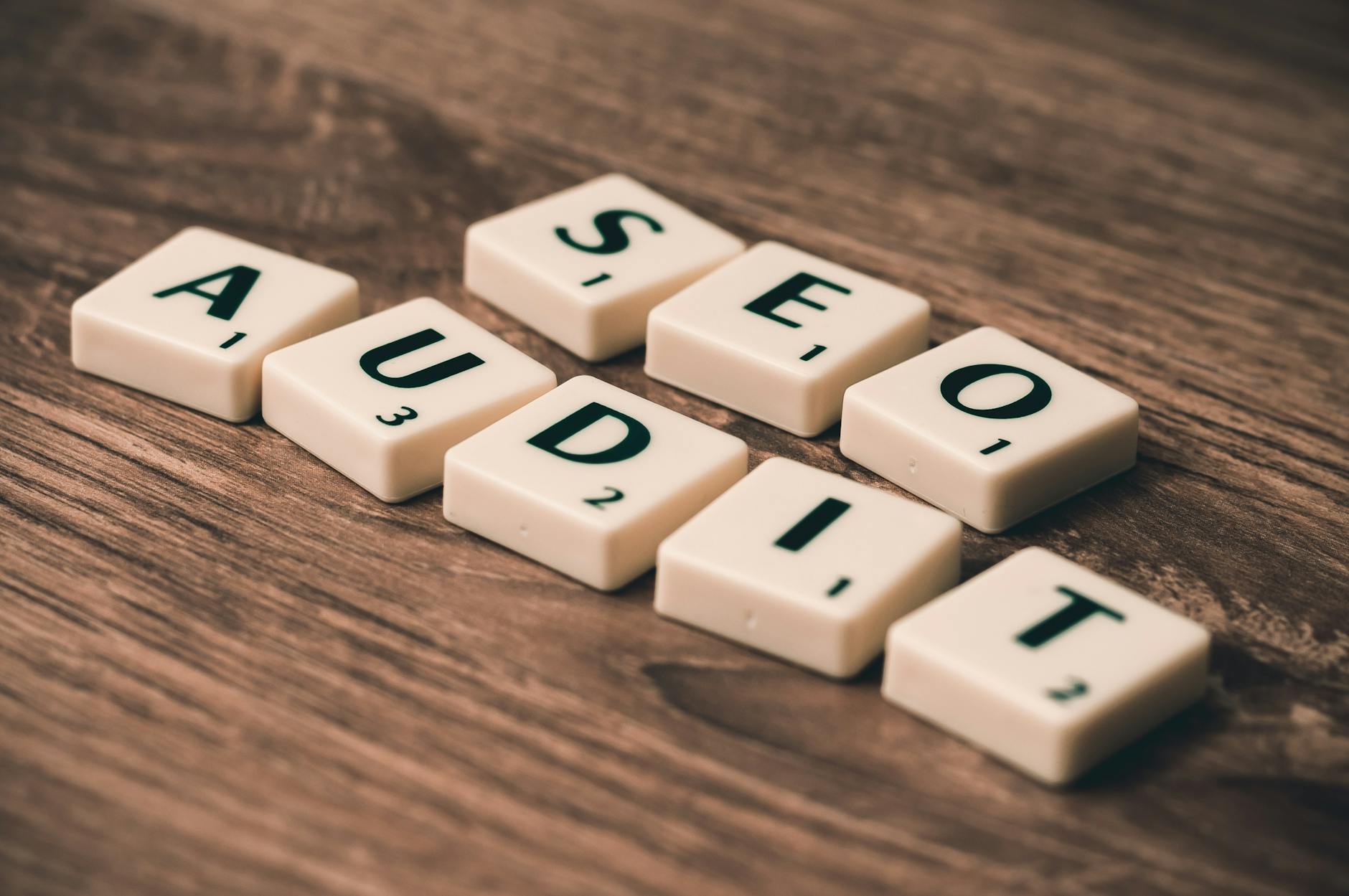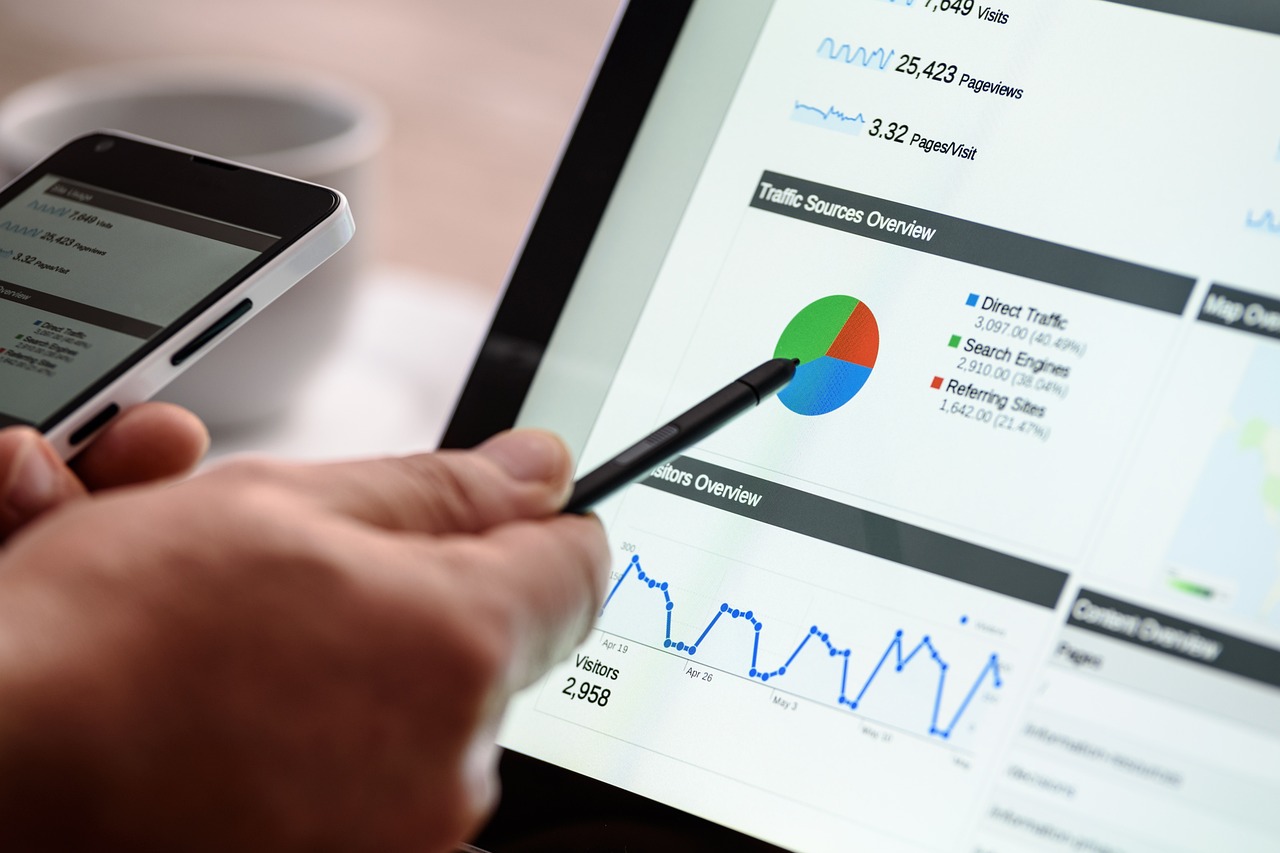Boosting SERP Ranking
In today’s digital landscape, achieving a high Search Engine Results Page (SERP) ranking is crucial for online visibility and success. It ensures that your website reaches the right audience, drives traffic, and ultimately increases conversions. Various factors influence SERP rankings, including acquiring quality backlinks, optimizing website speed, utilizing meta tags, ensuring mobile optimization, and enhancing image optimization. In this article, we’ll explore these primary methods to help you effectively boost your SERP rankings.
Backlinks: The Backbone of SERP Ranking
 Photo by Pixabay
Photo by Pixabay
Understanding Backlinks
Backlinks, or inbound links, are links from one website to another. They play a pivotal role in search engine algorithms as they represent a “vote of confidence” from one site to another. High-quality backlinks indicate to search engines that your content is valuable and trustworthy, thereby boosting your SERP ranking.
Building High-Quality Backlinks
Acquiring high-quality backlinks involves strategic methodologies such as guest posting, leveraging HARO (Help A Reporter Out), and collaborating with influencers. Guest posting allows you to share your expertise on other quality websites, thus earning valuable backlinks. HARO connects you with journalists looking for insights, offering another opportunity to gain authoritative backlinks. Collaborating with influencers can also help garner natural and relevant backlinks from widely-followed profiles.
Avoiding Bad Backlinks
Not all backlinks are created equal. Bad backlinks from spammy or irrelevant sites can harm your SERP rankings. It’s essential to audit your backlinks regularly and disavow any harmful links using tools like Google’s Disavow Tool. Understanding and avoiding bad backlinks prevent penalties and maintains your site’s credibility.
Optimizing Website Speed
Tools for Measuring Website Speed
Website speed is a significant ranking factor affecting user experience. Slow loading times can lead to high bounce rates, negatively affecting SERP rankings. Utilize tools such as Google PageSpeed Insights and GTmetrix to analyze and monitor your website’s speed performance.
Techniques to Improve Website Speed
Improving website speed involves several practical steps. Minimizing code, leveraging browser caching, and using a Content Delivery Network (CDN) are effective strategies. Reducing the size of images, cleaning up unnecessary plugins, and optimizing CSS delivery also aids in speeding up your site.
The Role of Meta Tags in SERP Ranking
Crafting Effective Title Tags
Title tags are the first impressions users see in search results. Crafting engaging, keyword-rich title tags increases click-through rates and SERP rankings. Ensure your title tags are concise yet descriptive, typically under 60 characters to avoid truncation in search results.
Optimizing Meta Descriptions
Meta descriptions offer a brief overview of your page’s content and should be compelling to entice users to click through. While they don’t directly impact rankings, they significantly boost click-through rates, indirectly affecting your SERP positioning. Write meta descriptions that are clear, precise, and include relevant keywords.
Mobile Optimization for Better Rankings
Ensuring Mobile-Friendliness
With an increasing number of users accessing the web through mobile devices, mobile optimization is non-negotiable. Implement responsive design to ensure your website adapts seamlessly to any screen size. Prioritize mobile-first indexing by optimizing content and structure specifically for mobile users.
Testing Mobile Optimization
Tools like Google’s Mobile-Friendly Test can help you verify if your website is optimized for mobile. Regularly testing and adjusting your site ensures a smooth browsing experience, keeping your mobile audience engaged and improving your SERP ranking.
Image Optimization for Enhanced SERP Ranking
Best Practices for Image SEO
Optimizing images is another crucial aspect of SEO. Use descriptive filenames and alt text to make your images search-engine-friendly. Ensure images are appropriately sized to avoid slowing down your page speed.
Tools for Image Optimization
Utilize tools like TinyPNG and ImageOptim to compress images without sacrificing quality. Efficiently compressed images lead to faster loading times and improved user experience—key factors in boosting SERP rankings.
Conclusion
Boosting your SERP ranking involves a multifaceted approach that includes building high-quality backlinks, optimizing website speed, utilizing meta tags effectively, ensuring mobile optimization, and enhancing image optimization. By implementing these strategies, you can achieve better visibility, drive more traffic, and elevate your online success. Stay consistent, monitor performance, and adapt to the ever-evolving SEO landscape to maintain and improve your SERP rankings over time. For more tips on improving your SERP rankings, check out these additional resources.



